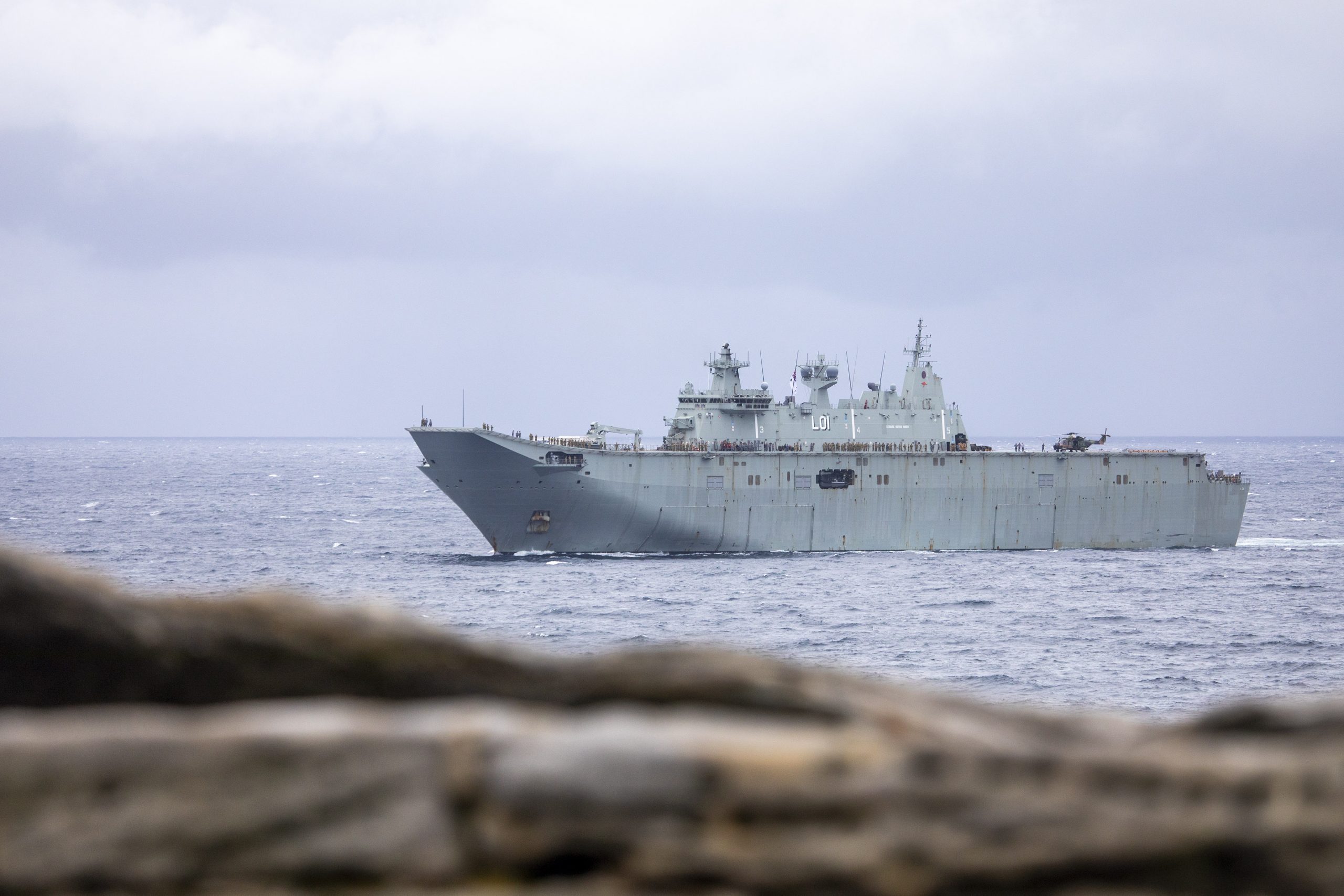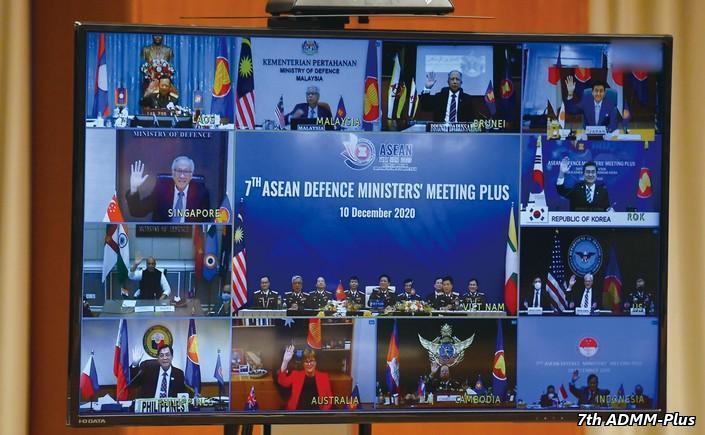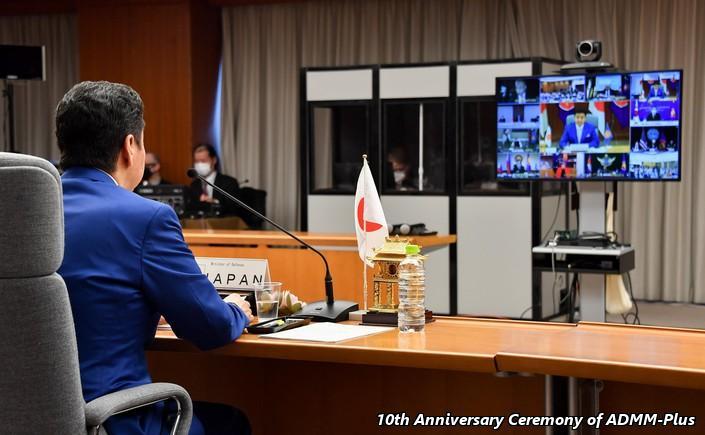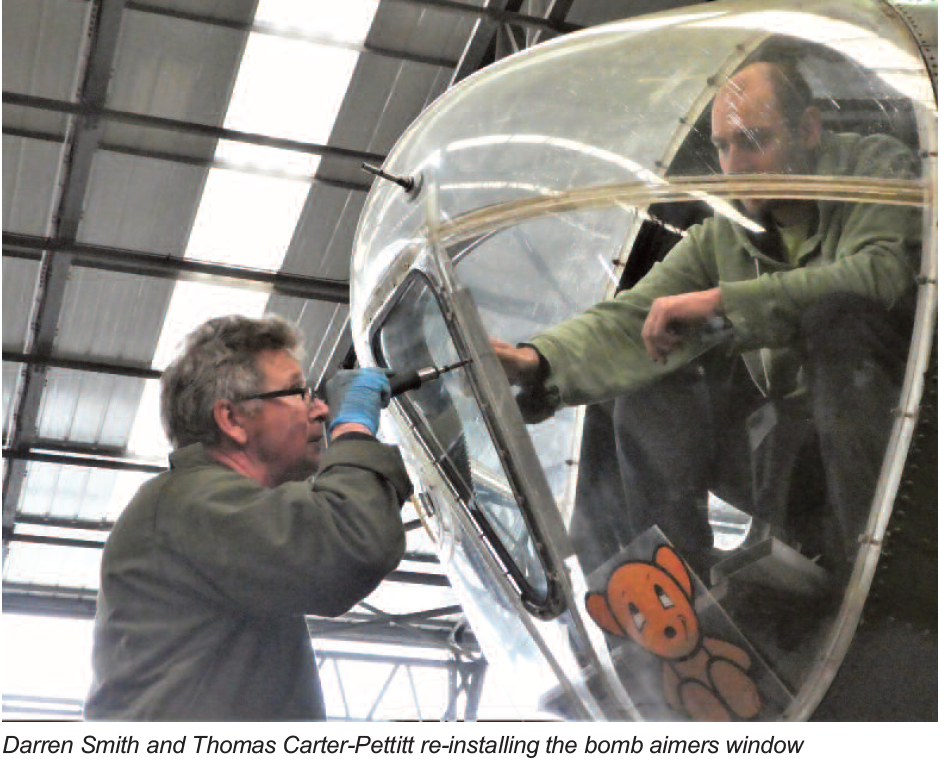According to a US Navy press release issued on February 13, 2021, the Italian Navy Aircraft Carrier ITS Cavour has arrived at Naval Station Norfolk.
NORFOLK, Va. – The Italian Navy flagship, the aircraft carrier ITS Cavour (CVH 550), arrived at Naval Station Norfolk, Va. Feb 13 for a series of operations alongside U.S. military assets to attain the Italian Navy’s “Ready for Operations” certification to safely land and launch F-35B aircraft.
While in the Western Atlantic, Cavour will be embarked by an F-35 Joint Program Office (JPO) test team to conduct sea trials, a series of tests and functional activities to create a safe flight operating envelope for the short takeoff and vertical landing (STOVL) variant of the 5th generation aircraft aboard the recently upgraded ship.
This carrier-based flight test and other actions with U.S. 2nd Fleet ships and aircraft improve interoperability and strengthen the relationship between two NATO Allies.
“Operating in the Western Atlantic with our NATO allies presents a mutually beneficial opportunity to enhance both of our Navies’ capabilities,” said Vice Adm. Andrew Lewis, Commander of U.S. 2nd Fleet. “Supporting our Italian allies in certification of their aircraft carrier increases our collective experience in safety and combat abilities. We are stronger together.”
While crossing the Atlantic from Italy, ITS Cavour was met by the Arleigh-Burke class guided-missile destroyer USS Stout (DDG 55) and conducted a three-day interoperability exercise with support from Carrier Air Wing (CVW) 7 and Patrol and Reconnaissance Wing (CPRW) 11. Specific events included integrated ship maneuvering, low-slow-flyer detect-to-engage, anti-surface warfare serials with P-8 participation, air defense/air intercept control event with F/A-18 participation, and C5I interoperability events in the Western Atlantic 10-12 Feb.
“We are deeply grateful for the warm welcome received by the U.S. Navy 2nd Fleet upon our arrival in the Western Atlantic waters,” said Capt. Giancarlo Ciappina, commanding officer of ITS Cavour. “My officers and the whole crew were impressed for the professionalism and seamanship shown during these three days of training by the crews of USS Stout, CVW 7 and CPRW 11. We consider a real privilege having the opportunity to sail and exercise alongside our closest allies and friends and we are very proud to share with the USN Community such important certification deployment, which will provide ITS Cavour and the Italian Naval Aviation with the 5th generation air combat capability of the Joint Strike Fighter.”
Upon arriving in Norfolk, ITS Cavour was hosted by USS John. C. Stennis (CVN 74). Stennis is coordinating and providing all pier services required by Cavour, to include refueling, diving operations, equipment and personnel on load, security, and contingency medical functions.
“We couldn’t be more excited to host our Italian ally,” said Capt. Cassidy Norman, Stennis’ commanding officer. “The Stennis team fully understands the importance of building trust and cooperation by supporting Cavour’s certification with the newest multi-role combat aircraft, the F-35. We are happy to see our Italian naval aviation counterparts dramatically increase their operational capability, strengthening our collective capability.”
The F-35 Pax River Integrated Test Force (ITF) team from Naval Air Station Patuxent River, Md. (NAS PAX River) comprises almost 200 people with the engineering and test pilot expertise and experience to conduct F-35B envelope expansion flight test, two specially instrumented developmental flight test aircraft, and support equipment.
“Italy is a critically important Cooperative Program Partner in the F-35 enterprise,” said Andrew Maack, F-35 Pax River ITF chief test engineer and site director.
“We are excited to get underway with the sailors of Cavour and honored to contribute to the aircraft carrier achieving the Italian Navy’s strategic goal of it being ‘Ready for Operations,’” Maack said. “We look forward to a phenomenally successful shipboard detachment.”
For decades, the bond between Europe and North America has made NATO the strongest alliance in history. Conducting training and exercises alongside allies and partners increases our collective capacity and capabilities as well as increased interoperability with the U.S. Forces.
U.S. 2nd Fleet exercises operational authority over assigned ships, aircraft, and landing forces on the East Coast and the Atlantic.
For an earlier look at the coming of this capability to the Italian force and the allied fleet, please see the following:
Re-Thinking the Role of the Smaller Deck Carrier: The Case of Cavour








